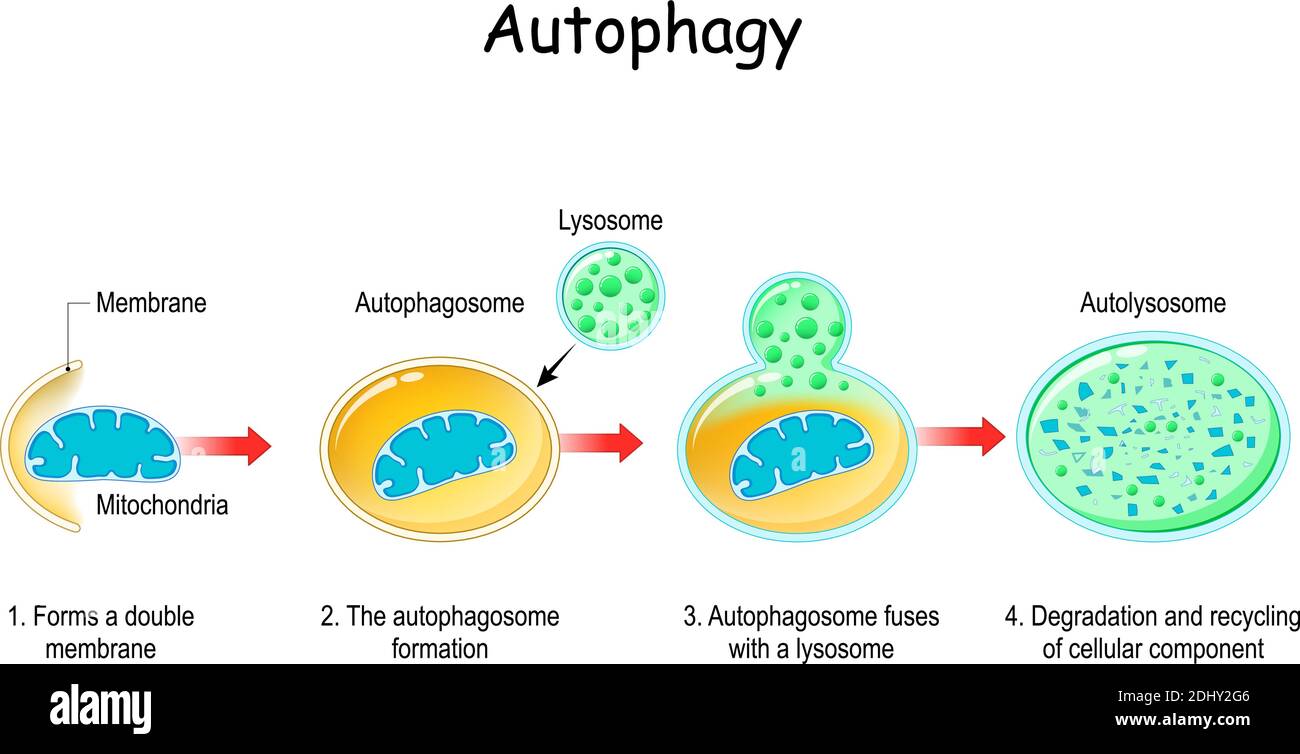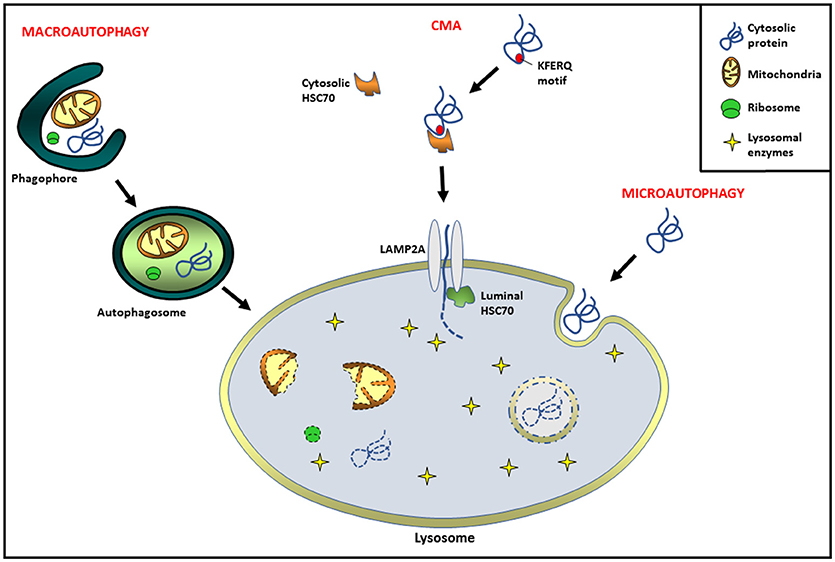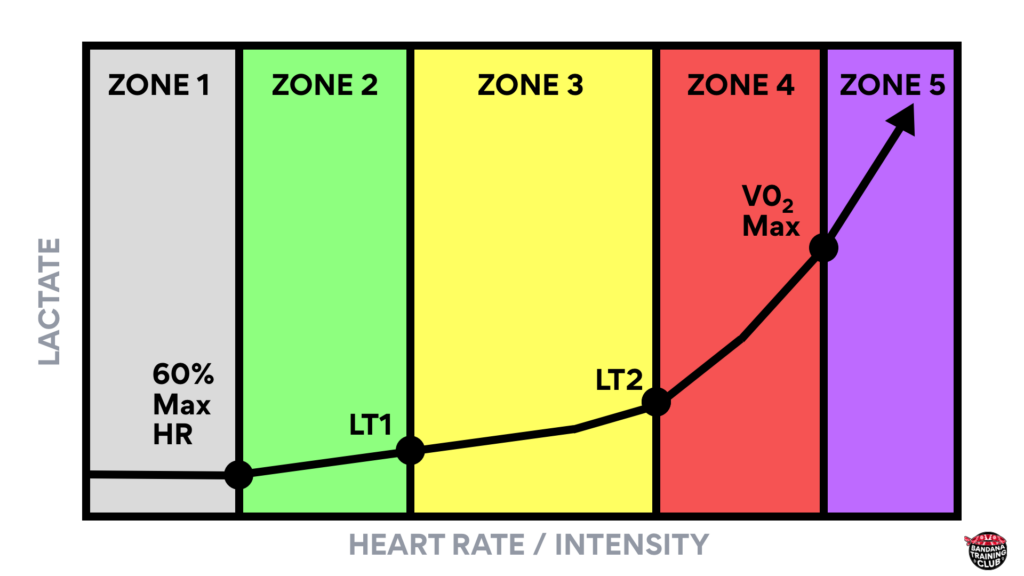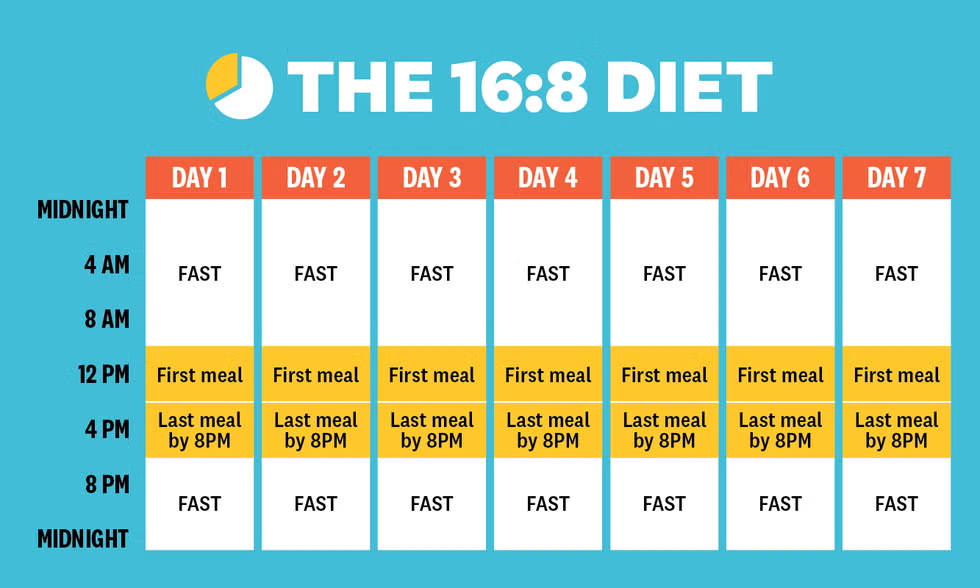斷食中自噬的解釋 Explanation of autophagy in fasting
什麼是自噬?What is Autophagy?
自噬是一種自然的細胞過程,在這個過程中,身體會分解並回收細胞內損壞或功能失調的組件,例如舊蛋白質、細胞器和其他碎片。 這個術語來自希臘語,意為「自我吞噬」,但它更像是細胞的家務清潔——它允許細胞重用這些材料來產生能量並構建新的、更健康的結構。 這種機制對於維持細胞健康至關重要,尤其是在營養缺乏等壓力條件下。
Autophagy is a natural cellular process where your body breaks down and recycles damaged or dysfunctional components within cells, such as old proteins, organelles, and other debris. The term comes from Greek words meaning "self-eating," but it's more like cellular housekeeping—it allows cells to reuse these materials for energy and building new, healthier structures. This mechanism is essential for maintaining cellular health, especially under stress conditions like nutrient deprivation.
斷食如何觸發自噬?How Does Fasting Trigger Autophagy?
斷食,例如間歇性斷食或長期熱量限制,會作為一種壓力因素,信號身體激活自噬。 當你斷食時,身體會從使用葡萄糖(來自食物)作為主要燃料轉向燃燒儲存的脂肪並回收內部資源。 這種代謝轉變通常在斷食約 12-24 小時後加速自噬,雖然確切時間可能因年齡、飲食和活動水平等因素而異。 在斷食期間,胰島素水平降低和胰高血糖素增加會促進這個清潔過程,幫助細胞適應能量短缺。
Fasting, such as intermittent fasting or prolonged calorie restriction, acts as a stressor that signals the body to activate autophagy. When you fast, your body shifts from using glucose (from food) as its primary fuel to burning stored fats and recycling internal resources. This metabolic switch typically ramps up autophagy after about 12-24 hours of fasting, though the exact timing can vary based on factors like age, diet, and activity level. During fasting, reduced insulin levels and increased glucagon promote this cleanup process, helping cells adapt to energy scarcity.
斷食中自噬的機制 The Mechanism of Autophagy in Fasting
這個過程分為幾個步驟展開 The process unfolds in several steps:
- 啟動:營養缺乏(來自斷食)激活信號途徑,例如抑制 mTOR 途徑並激活 AMPK,從而啟動自噬。
- 自噬體的形成:一個雙膜結構稱為自噬體形成在目標損壞材料周圍,像氣泡一樣吞沒它們。
- 融合與降解:自噬體與溶酶體(一種充滿酶的細胞「消化室」)融合,形成自噬溶酶體,其中內容物被分解成可重用的構建塊,如氨基酸和脂肪酸。
- 回收:這些組件被釋放回細胞中,用於能量產生或修復,提升整體效率。
- Initiation: Nutrient deprivation (from fasting) activates signaling pathways, like the mTOR pathway being inhibited and AMPK being activated, which kickstarts autophagy.
- Formation of Autophagosome: A double-membrane structure called an autophagosome forms around the targeted damaged materials, engulfing them like a bubble.
- Fusion and Degradation: The autophagosome merges with a lysosome (a cellular "digestion chamber" filled with enzymes), forming an autolysosome where the contents are broken down into reusable building blocks like amino acids and fatty acids.
- Recycling: These components are released back into the cell for energy production or repair, enhancing overall efficiency.
這裡是一張圖表,說明斷食期間自噬過程,以更好地可視化 Here's a diagram illustrating the autophagy process during fasting for better visualization:

Autophagy hi-res stock photography and images - Alamy
斷食誘導自噬的益處 Benefits of Autophagy Induced by Fasting
自噬提供了幾項健康優勢,特別是透過斷食增強時 Autophagy offers several health advantages, particularly when enhanced through fasting:
- 細胞更新與抗衰老:透過清除「垃圾」如錯誤摺疊的蛋白質,它可能減緩衰老並延長壽命,如動物研究中所見。
- 改善代謝健康:它有助減少炎症、改善胰島素敏感性,並透過促進脂肪分解來支持體重管理。
- 疾病預防:增強的自噬與降低神經退行性疾病(如阿茲海默症)、癌症和感染風險相關,因為它移除可能導致問題的損壞細胞。
- 免疫系統提升:它有助清除病原體並支持整體免疫力。
- Cellular Renewal and Anti-Aging: By clearing out "junk" like misfolded proteins, it may slow aging and extend lifespan, as seen in animal studies.
- Improved Metabolic Health: It helps reduce inflammation, improve insulin sensitivity, and support weight management by promoting fat breakdown.
- Disease Prevention: Enhanced autophagy is linked to lower risks of neurodegenerative diseases (e.g., Alzheimer's), cancer, and infections, as it removes damaged cells that could lead to issues.
- Immune System Boost: It aids in pathogen clearance and supports overall immunity.
然而,過度自噬(來自極端斷食)可能有害,可能導致肌肉流失或其他問題,因此適度是關鍵——在開始斷食方案前,請諮詢醫療專業人士。 However, excessive autophagy (from extreme fasting) can be harmful, potentially leading to muscle loss or other issues, so moderation is key—consult a healthcare professional before starting fasting regimens.
自噬在長壽中的角色 Autophagy's Role in Longevity
自噬是一種基本的細胞過程,涉及降解並回收損壞的蛋白質、細胞器和其他細胞組件,作為一種品質控制機制來維持穩態。 在長壽的背景下,自噬透過對抗隨年齡增長而積累的細胞「廢物」來發揮關鍵作用,這些廢物可能導致功能失調和年齡相關疾病。 橫跨各種模式生物的研究,如酵母、蠕蟲、果蠅和小鼠,顯示自噬水平隨年齡下降,導致加速衰老,而增強自噬則可促進壽命延長。
Autophagy is a fundamental cellular process that involves the degradation and recycling of damaged proteins, organelles, and other cellular components, acting as a quality control mechanism to maintain homeostasis. In the context of longevity, autophagy plays a pivotal role by counteracting the accumulation of cellular "waste" that occurs with aging, which can lead to dysfunction and age-related diseases. Studies across various model organisms, such as yeast, worms, flies, and mice, indicate that autophagy levels decline with age, contributing to accelerated aging, while enhancing autophagy can promote lifespan extension.
連結自噬與長壽的機制 Mechanisms Linking Autophagy to Longevity
自噬透過幾個關鍵機制支持長壽 Autophagy supports longevity through several key mechanisms:
- 細胞清潔與更新:透過移除損壞的大分子和功能失調的細胞器(如線粒體),自噬防止氧化壓力、蛋白質聚合和基因組不穩定——這些是衰老的特徵。 這個過程在長壽細胞如神經元和肌肉細胞中特別重要,因為廢物積累可能損害功能。
- 能量穩態與壓力抵抗:在營養短缺或壓力期間,自噬回收組件成能量來源,提升代謝效率和韌性,這與熱量限制模式中的壽命延長相關。
- 衰老途徑的調節:自噬與 mTOR、胰島素/IGF-1 信號和 sirtuins 等途徑交匯,這些是已知的長壽調節因子。例如,抑制 mTOR 可提升自噬並在多個物種中延長壽命。
- Cellular Cleanup and Renewal: By removing damaged macromolecules and dysfunctional organelles (e.g., mitochondria), autophagy prevents oxidative stress, protein aggregation, and genomic instability—hallmarks of aging. This process is particularly crucial in long-lived cells like neurons and muscle cells, where debris buildup can impair function.
- Energy Homeostasis and Stress Resistance: During nutrient scarcity or stress, autophagy recycles components into energy sources, enhancing metabolic efficiency and resilience, which are linked to extended lifespan in caloric restriction models.
- Regulation of Aging Pathways: Autophagy intersects with pathways like mTOR, insulin/IGF-1 signaling, and sirtuins, which are known longevity regulators. Inhibiting mTOR, for instance, boosts autophagy and extends life in multiple species.
這張圖表說明自噬如何透過緩解衰老過程來貢獻長壽 This diagram illustrates how autophagy contributes to longevity by mitigating aging processes:

來自科學研究的證據 Evidence from Scientific Studies
- 模式生物:在生物如 C. elegans 和 Drosophila 中,基因上調自噬基因可延長壽命,而下調則縮短它。 同樣,在小鼠中,透過藥物如雷帕黴素誘導自噬可模擬熱量限制的壽命益處。
- 人類含義:雖然直接的人類長壽研究有限,但在年老的人類組織中觀察到自噬減少,而刺激自噬的干預如運動或斷食與更好的健康壽命相關。
- 藥理干預:增強自噬的化合物,如亞精胺或白藜蘆醇,已在模式中顯示透過恢復自噬通量來延長壽命。 然而,一些研究表明自噬單獨可能不足以實現最大壽命延長,因為它與其他因素協同作用。
- Model Organisms: In organisms like C. elegans and Drosophila, genetic upregulation of autophagy genes extends lifespan, while downregulation shortens it. Similarly, in mice, autophagy induction via drugs like rapamycin mimics caloric restriction's lifespan benefits.
- Human Implications: While direct human longevity studies are limited, reduced autophagy is observed in aged human tissues, and interventions like exercise or fasting that stimulate autophagy correlate with better healthspan.
- Pharmacological Interventions: Compounds that enhance autophagy, such as spermidine or resveratrol, have shown lifespan extension in models by restoring autophagic flux. However, autophagy alone may not be sufficient for maximal lifespan extension, as some studies suggest it works synergistically with other factors.
對長壽與健康壽命的益處 Benefits for Longevity and Healthspan
增強自噬可延遲年齡相關疾病,包括神經退行性疾病(如阿茲海默症)、心血管問題和代謝障礙,從而改善不僅是壽命,還包括健康壽命——一生中處於良好健康的時期。 它還支持幹細胞維持和免疫功能,進一步促進老年活力。
Enhancing autophagy can delay age-related diseases, including neurodegeneration (e.g., Alzheimer's), cardiovascular issues, and metabolic disorders, thereby improving not just lifespan but healthspan—the period of life spent in good health. It also supports stem cell maintenance and immune function, further promoting vitality in old age.
潛在限制與考慮 Potential Limitations and Considerations
雖然自噬通常促進長壽,但過度或失調的自噬在某些情境中可能導致細胞死亡或組織耗損,例如在晚期年齡或疾病狀態。 生活方式因素如間歇性斷食、運動和富含營養的飲食可自然提升自噬,但個體在採用干預前應諮詢醫療專業人士,尤其是存在潛在疾病。截止 2025 年的持續研究繼續探索針對自噬的療法用於抗衰老。
While autophagy generally promotes longevity, excessive or dysregulated autophagy can lead to cell death or tissue wasting in certain contexts, such as advanced age or disease states. Lifestyle factors like intermittent fasting, exercise, and a nutrient-rich diet can naturally boost autophagy, but individuals should consult healthcare professionals before adopting interventions, especially with underlying conditions. Ongoing research as of 2025 continues to explore targeted therapies to harness autophagy for anti-aging.

























